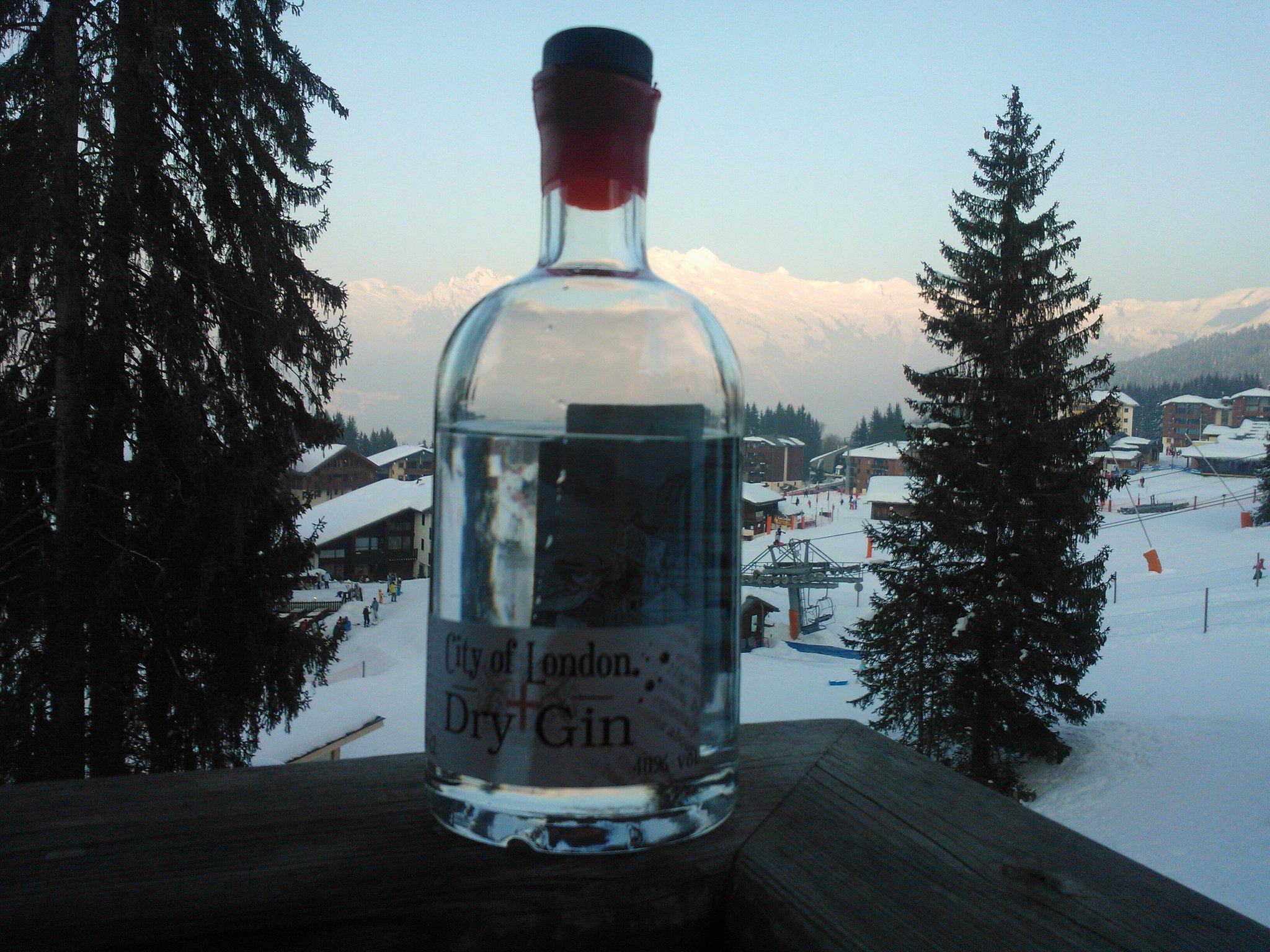I always thought that 'havoc' meant chaos. But I now discover that "havoc is a military order permitting the seizure of spoil after a victory" (wikipedia Dogs of War).
The Online Etymology Dictionary dates havoc to the early 15th Century: "from Anglo-French havok in phrase crier havok "cry havoc" (late 14c.), a signal to soldiers to seize plunder, from Old French havot "pillaging, looting," related to haver "to seize, grasp," hef "hook," probably from a Germanic source ... or from Latin habere "to have, possess."
The Phrase finder directs me to 'Ordinances of War of Richard II' in which is found "Item, qe nul soit si hardy de crier havok sur peine davoir la test coupe" which I translate as "Item: that no-one should be so bold as to raise the cry of havoc on penalty of being beheaded." Maurice Keen (Richard II's Ordniances of War of 1385 in Harriss, Archer and Walker 1995 Rulers and ruled in late mediaeval England (page 43)) explains that havoc "was the cry given as a sign that all might break ranks and make booty on their own account" and this could only be successfully allowed after the field had been won and it was therefore critical that only the commander shouted 'havoc'. Keen also points out that it was these 1385 ordinances that were used as the model for all the ordinances of the mediaeval period, for example those of Henry V.
Of course Shakespeare wrote a play about Richard II and the events which led to his deposition by Henry Bolingbroke who became Henry IV. 1385, a mere 4 years after the Peasant's Revolt, was when Richard led an expedition into Scotland as part of a war against the French (wikipedia Richard II of England). The expedition never fought a battle; the mediaeval equivalent of a no-score-draw.
Shakespeare for all time tells us that Shakespeare used the word havoc three times, once in Julius Caesar as above, once in King John (1595) Cry ‘havoc!’ kings; back to the stained field… and once in Coriolanus (1607) Do not cry havoc, where you should but hunt with modest warrant
.
